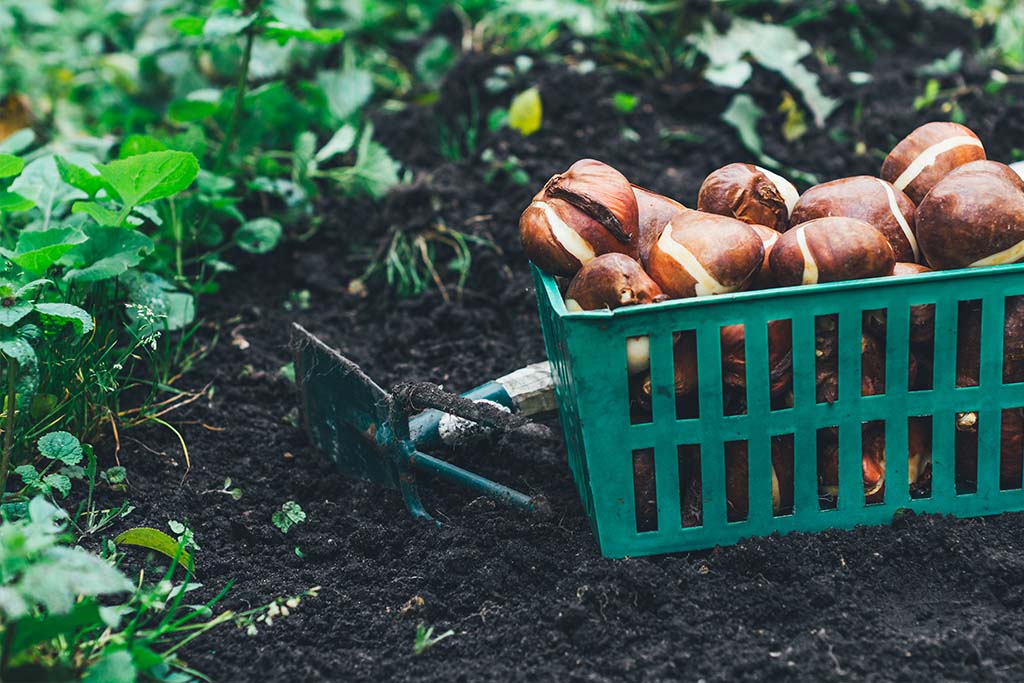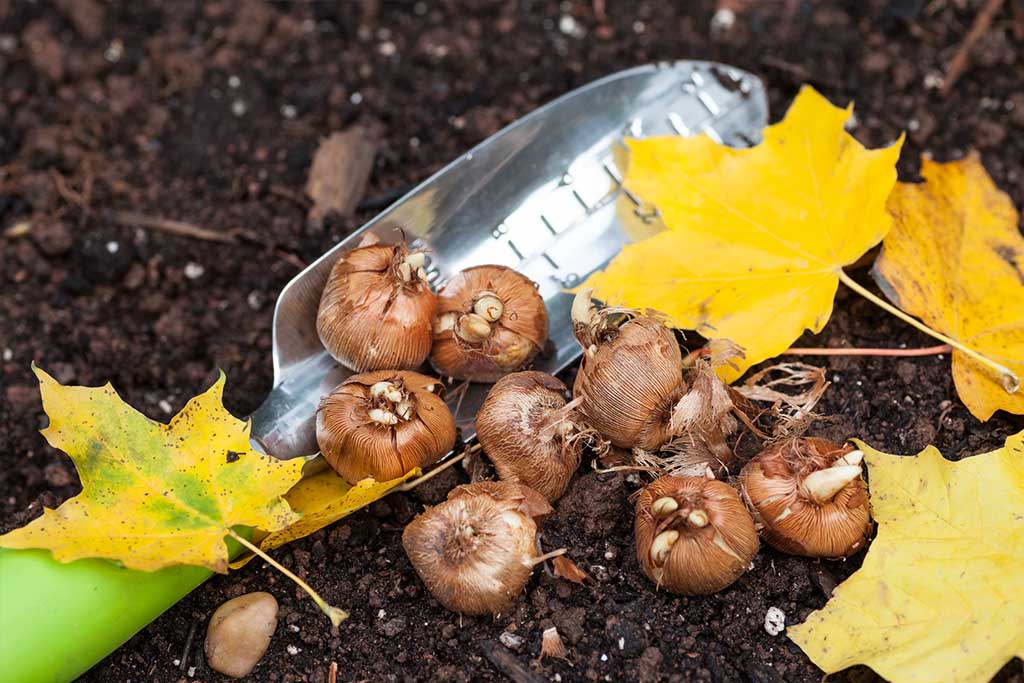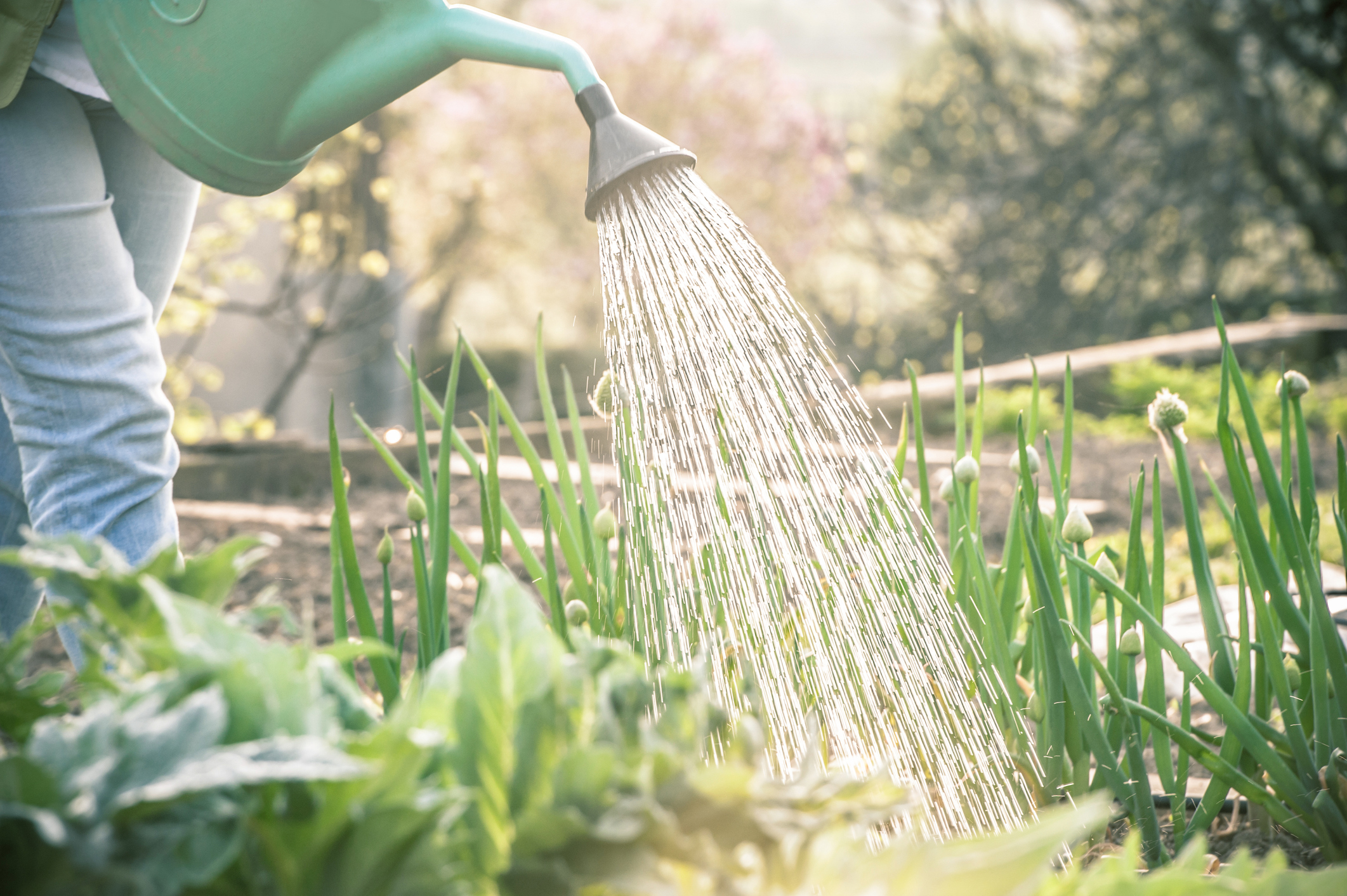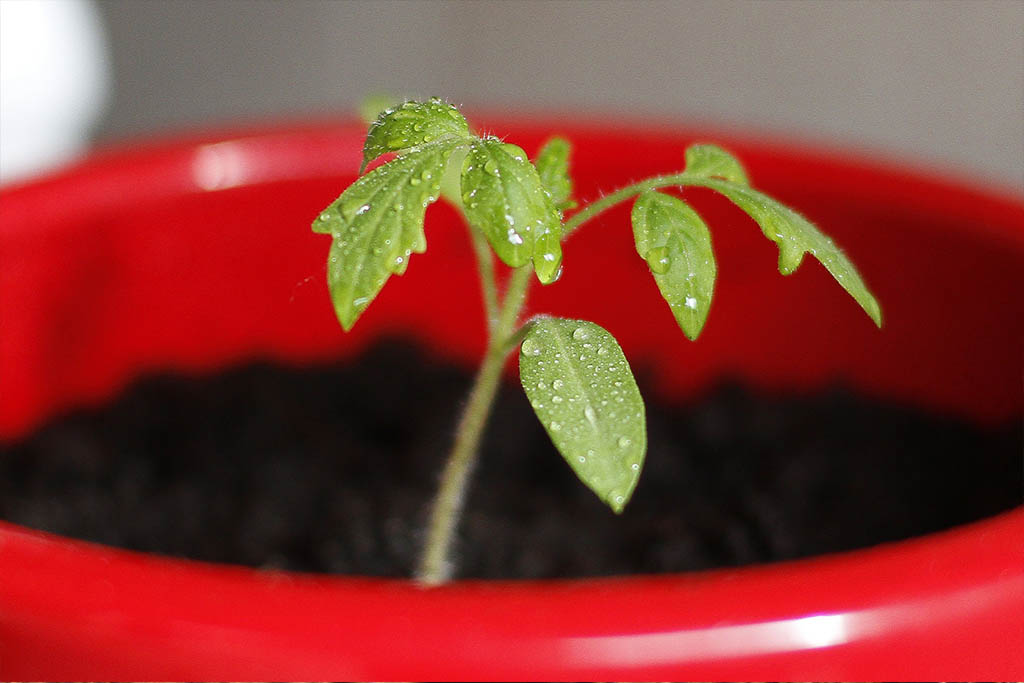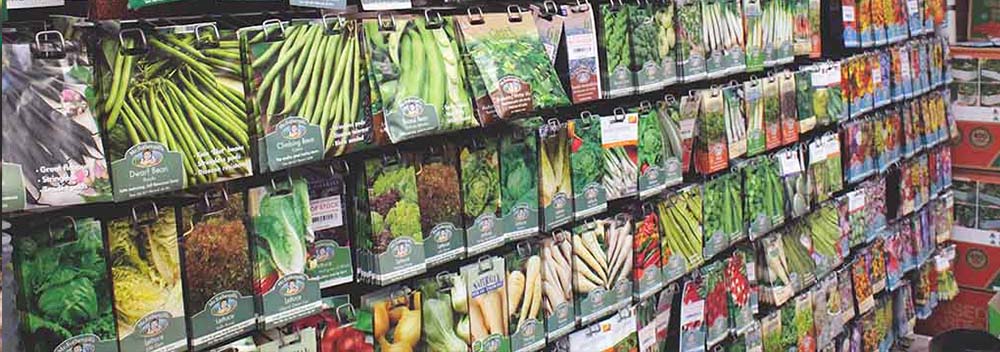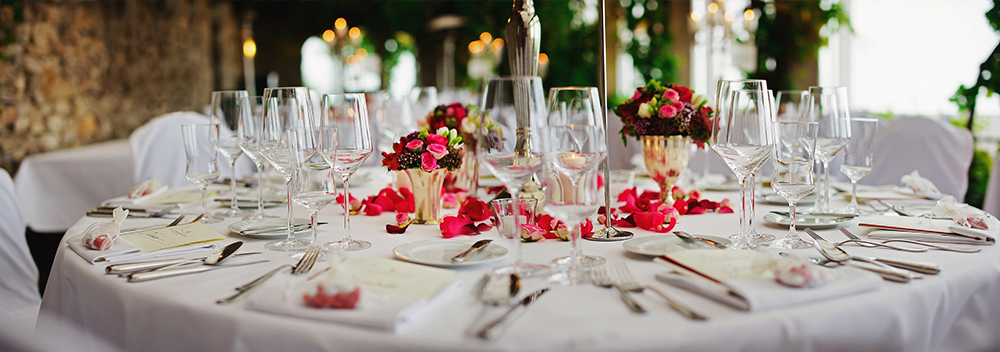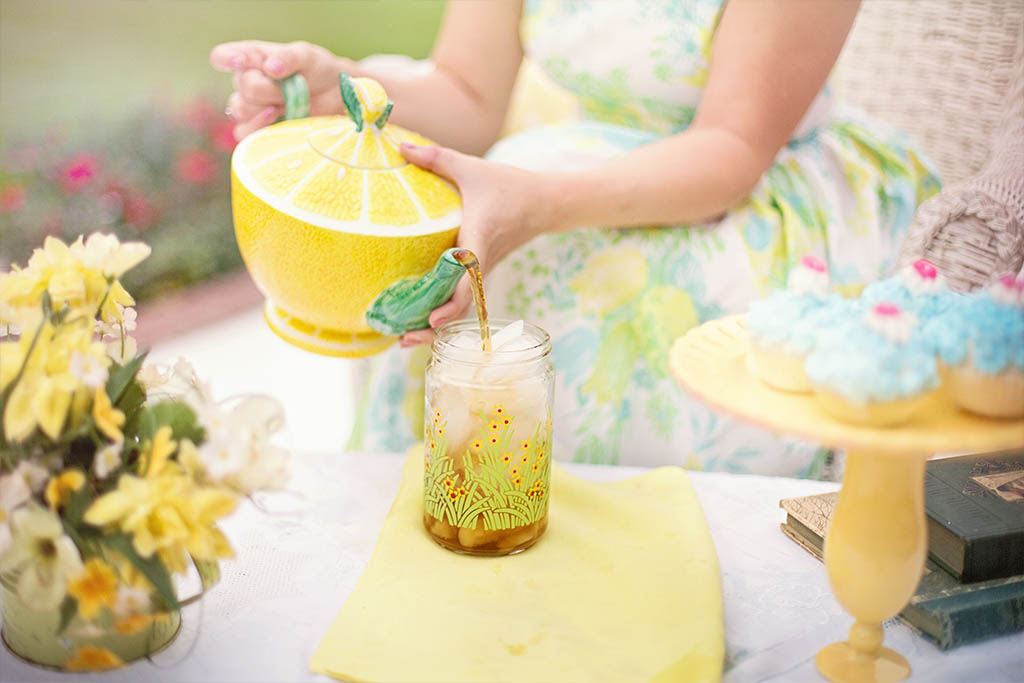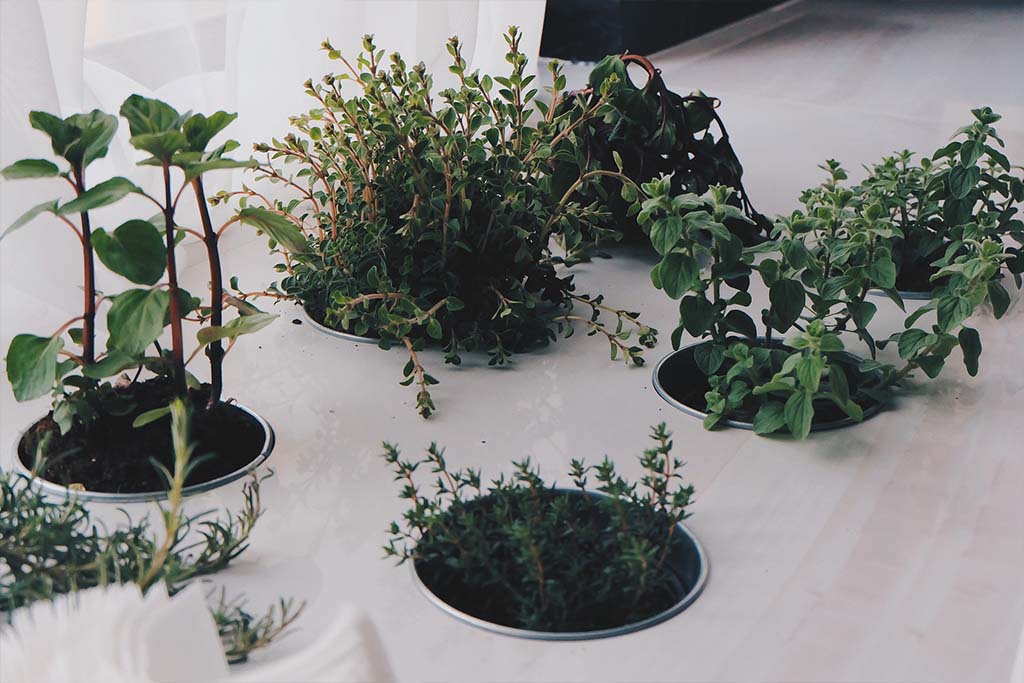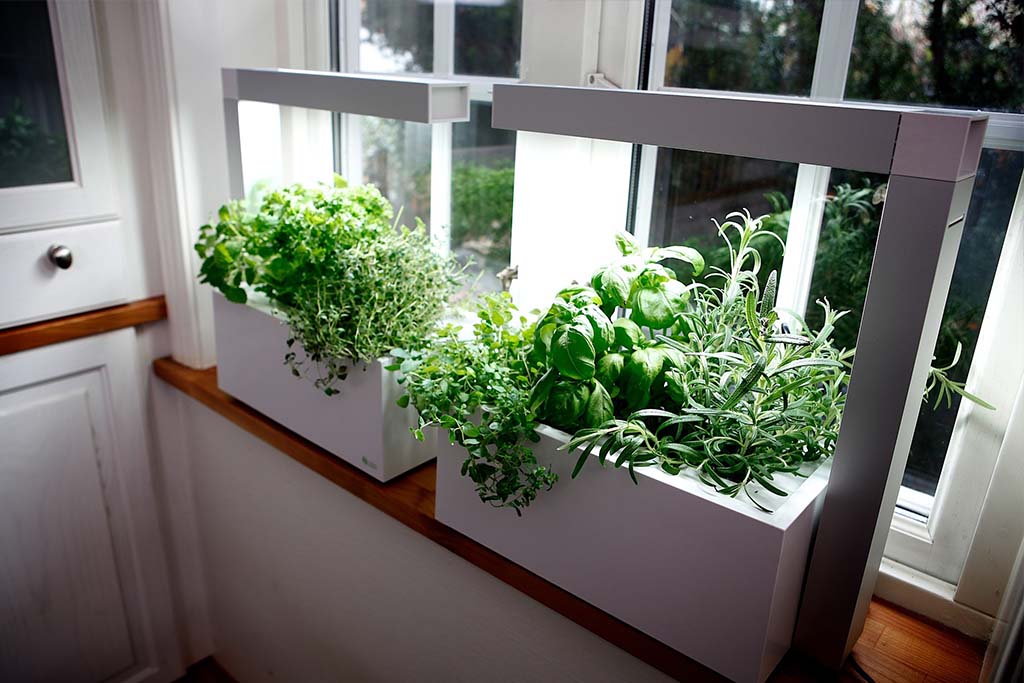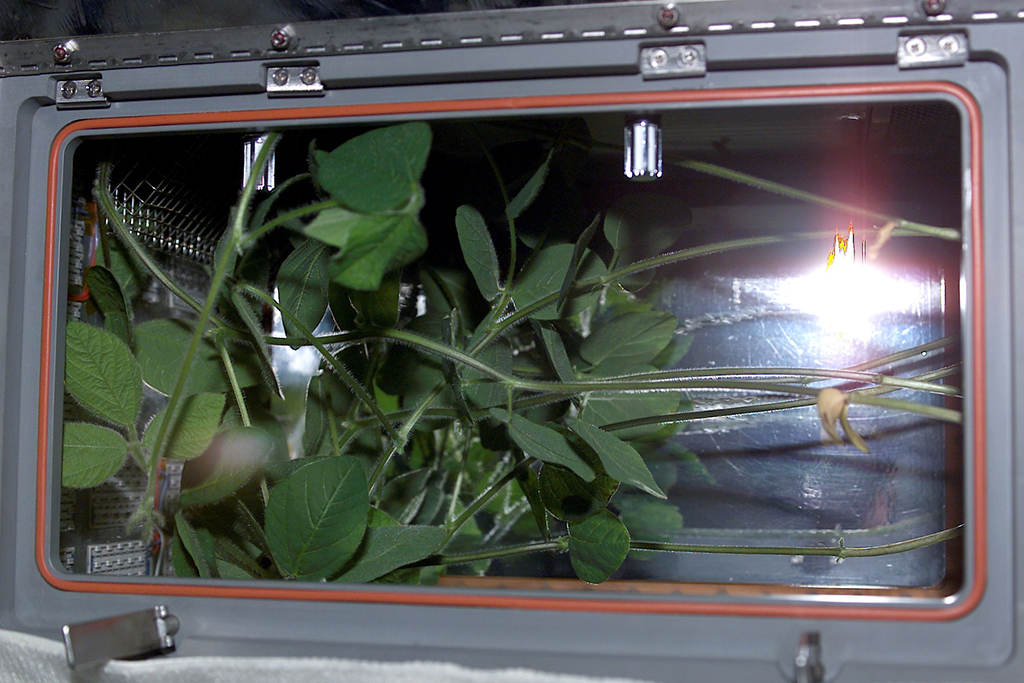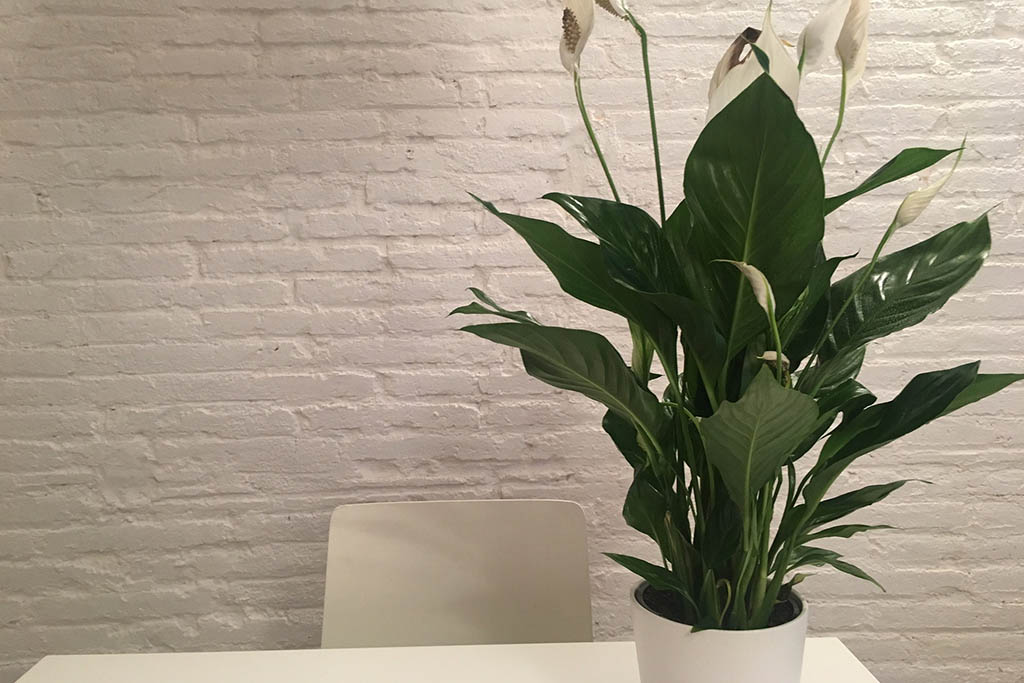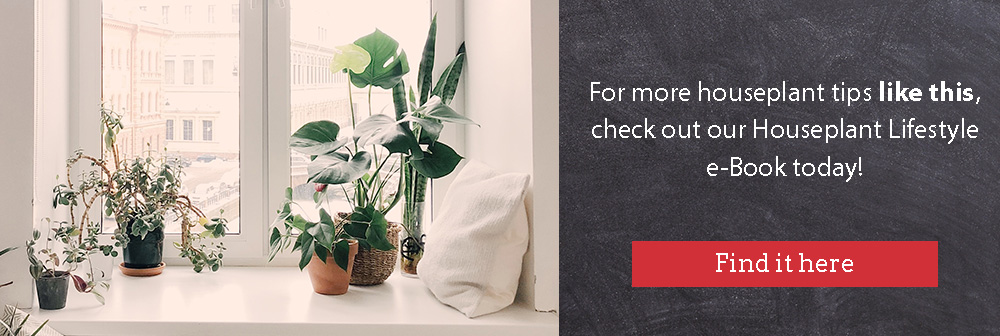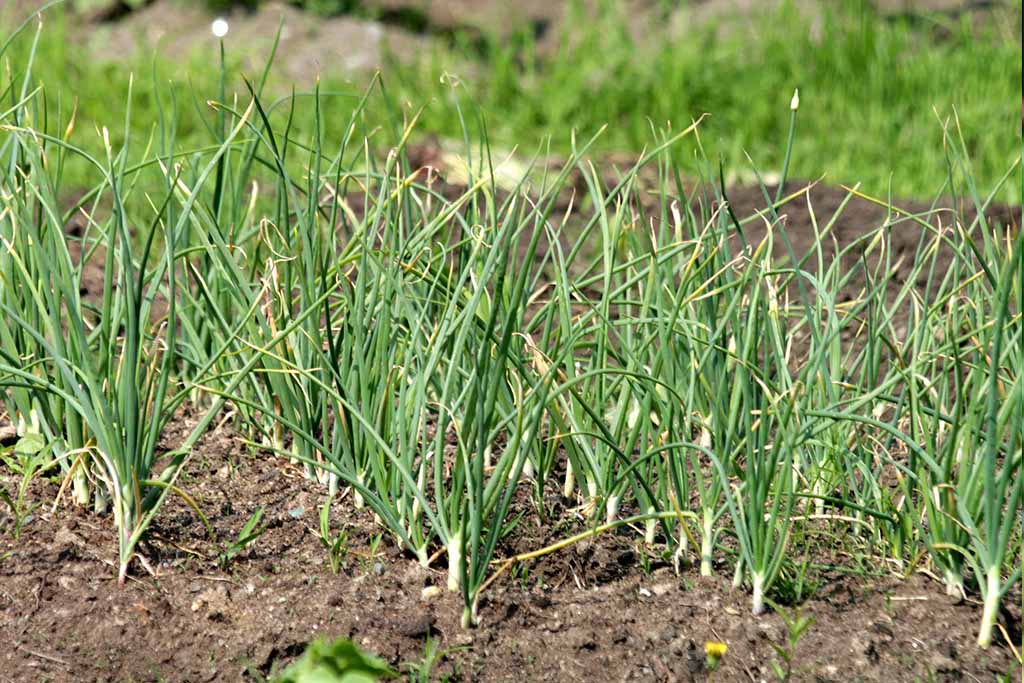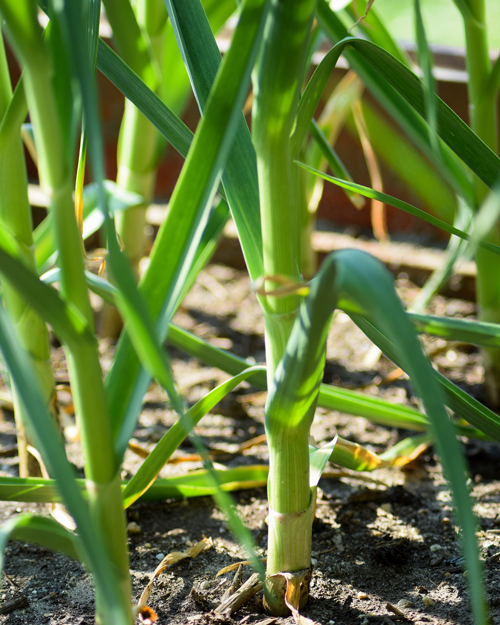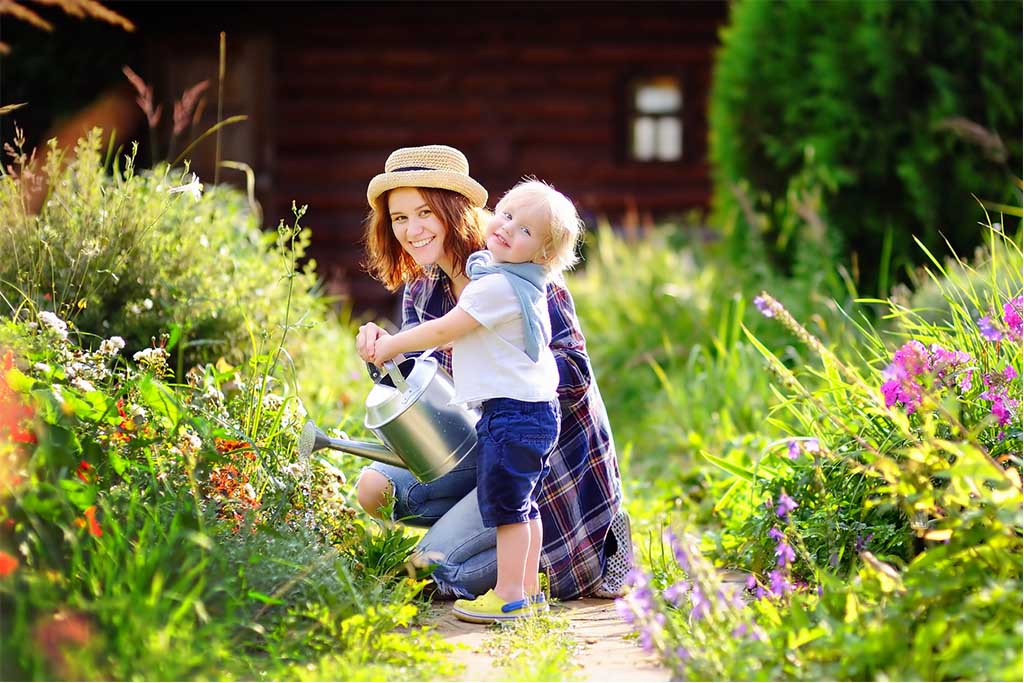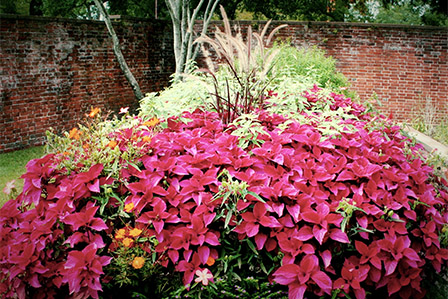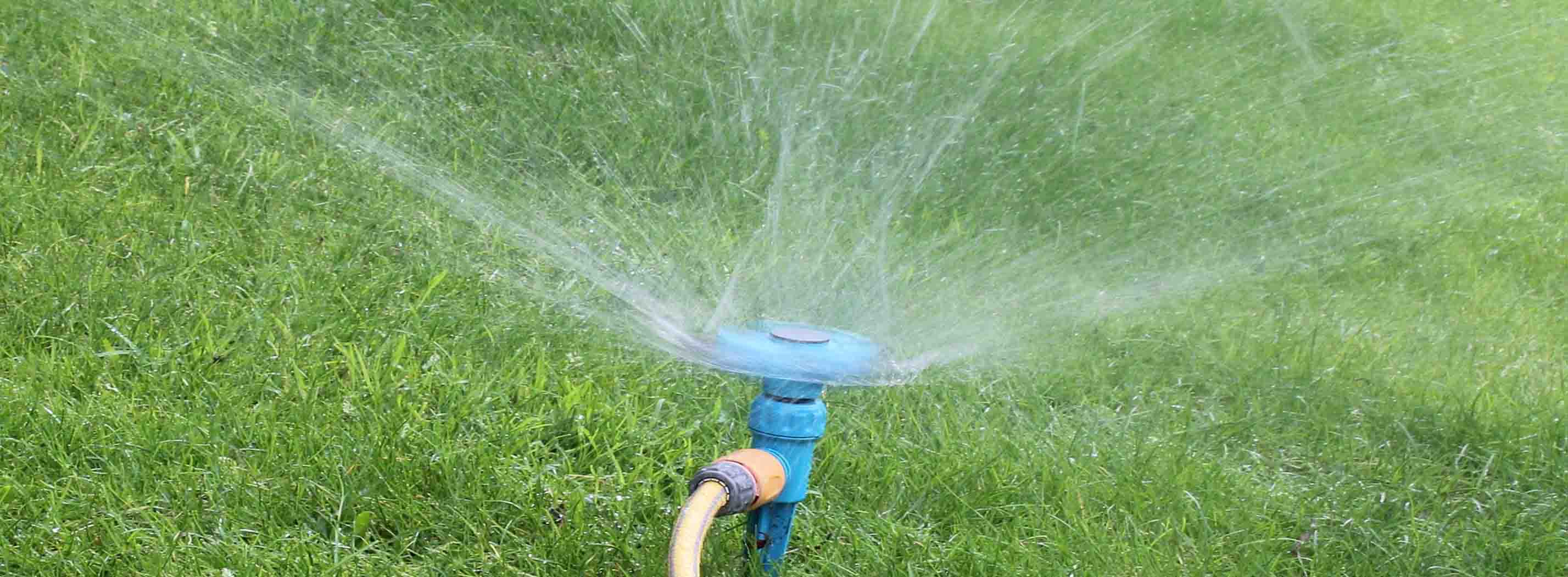Your Guide to Fall Planting in Manitoba
Your Guide to Fall Planting in Manitoba
By Erna
“Autumn is a second spring when every leaf is a flower.”
-Albert Camus
After a long, hot summer, the crisp, cool air of fall is often welcome. The leaves decorate the landscape in beautiful, warm and fiery hues that seem almost to contradict the chill in the air, creating a sensory samba in our minds. While the trees are dropping their leaves and our garden beds are winding down, there’s still plenty of fall planting that can be done here in Manitoba.
Trees and Shrubs
Fall, along with spring, is one of the best times to plant your trees and shrubs. While many fear their newly planted arrivals won’t last through the colder weather, the truth is that they appreciate the calm temperatures that won’t stress them out.
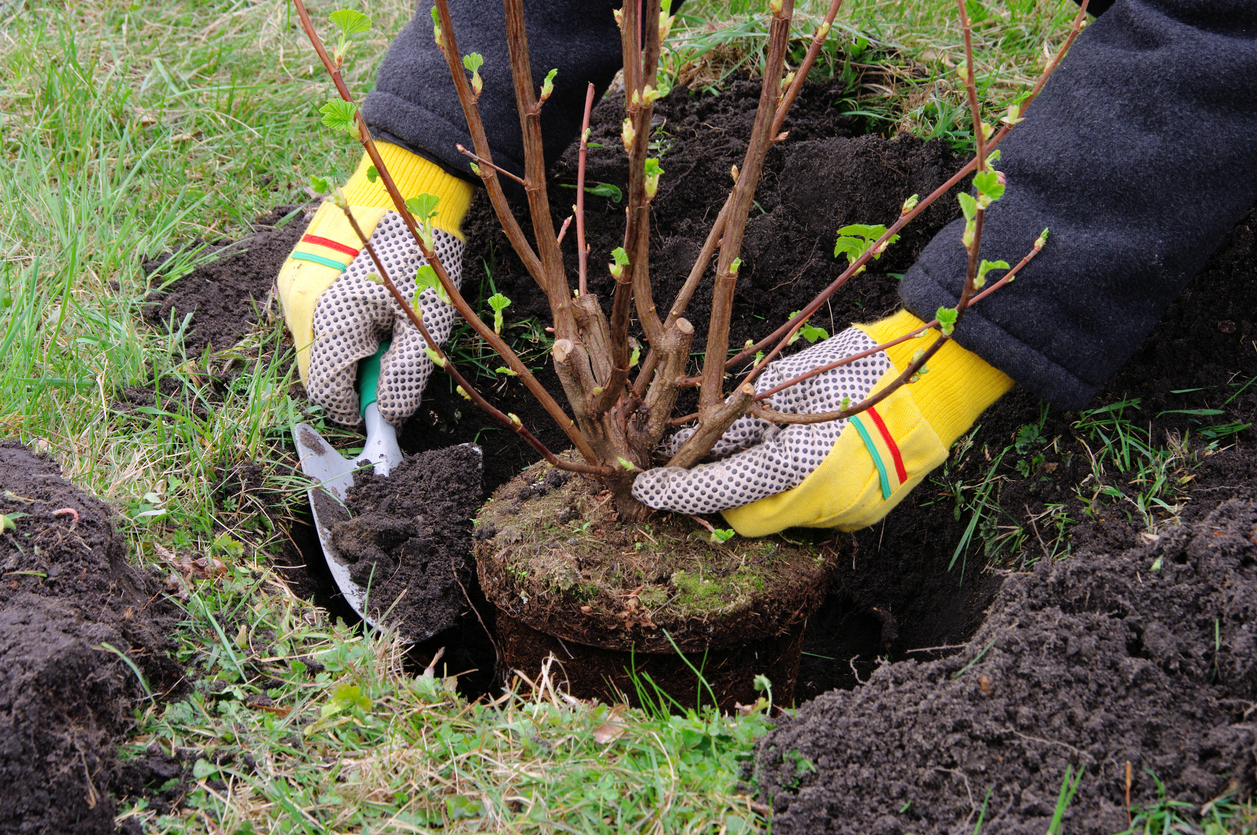
For deciduous trees and shrubs, you can plant late into fall, whether the trees are still actively growing or have gone dormant. In their state of hibernation, they are less prone to shock than if they are moved around at the peak of their growing season.
Evergreens may be stunning year-round, but the heat of the summer is best enjoyed for them if they are well-rooted and in place. Cool seasons, like fall, are a much more relaxed time for them and won’t stress them out like a Manitoba heat wave would.
To plant your tree or shrub, dig a hole that is twice as deep and as wide as the root ball. Carefully place your tree in the hole and backfill with rich, black soil with plenty of aeration. Water the roots well and mulch to protect them, being careful not to let the mulch touch the bark of the tree to prevent rot.
Spring Bulbs
It may seem odd to plan so far ahead, but planting your spring bulbs now will ensure they are ready to burst from the ground as soon as possible when the frost ebbs. No longer will you need to wait for the ground to thaw enough for you to work into it, because your bulbs will already be eagerly waiting to

get to work as soon as they can.
To plant your spring bulbs – like daffodils, squills, tulips, and snowdrops – find a nice, sunny spot in your garden so they can make the most of the light in the spring. Dig a hole that is 2 – 3” deep for hardy bulbs, or 6 – 8” for less hardy ones (like daffodils), and drop your bulb in pointy side up. Fill in the hole and water well to ensure they freeze to last through the winter. Mulch is also a good idea to give them an extra layer of protection.
Cool Season Vegetables
Cool season vegetables are those that need the cold to help them germinate to produce early spring harvests of delicious, garden-fresh goodness. While you can plant them in late winter, when they will start germinating, pre-seeding them in winter will allow them to get to work as soon as the thaw starts

and the cold weather may even make them taste better!
The best cool-season vegetables to pre-seed in fall are your leafy greens – like lettuce, spinach, arugula, and kale – as well as garlic and radish. Plant your seeds just after a nice, deep frost to ensure it’s too cold for them to germinate and mulch well to insulate them for the winter.

While our gardens may be fading and our time outside is quickly being replaced with warmer endeavours indoors, there’s still lots we can do in the garden to prepare for spring. By planting your trees, shrubs, bulbs, and early vegetables now, you’ll be setting yourself up for success in the coming growing season for the best year your garden has seen yet!





